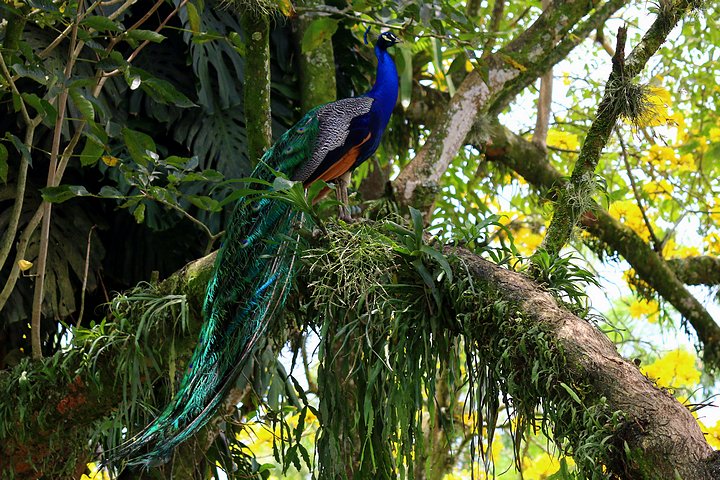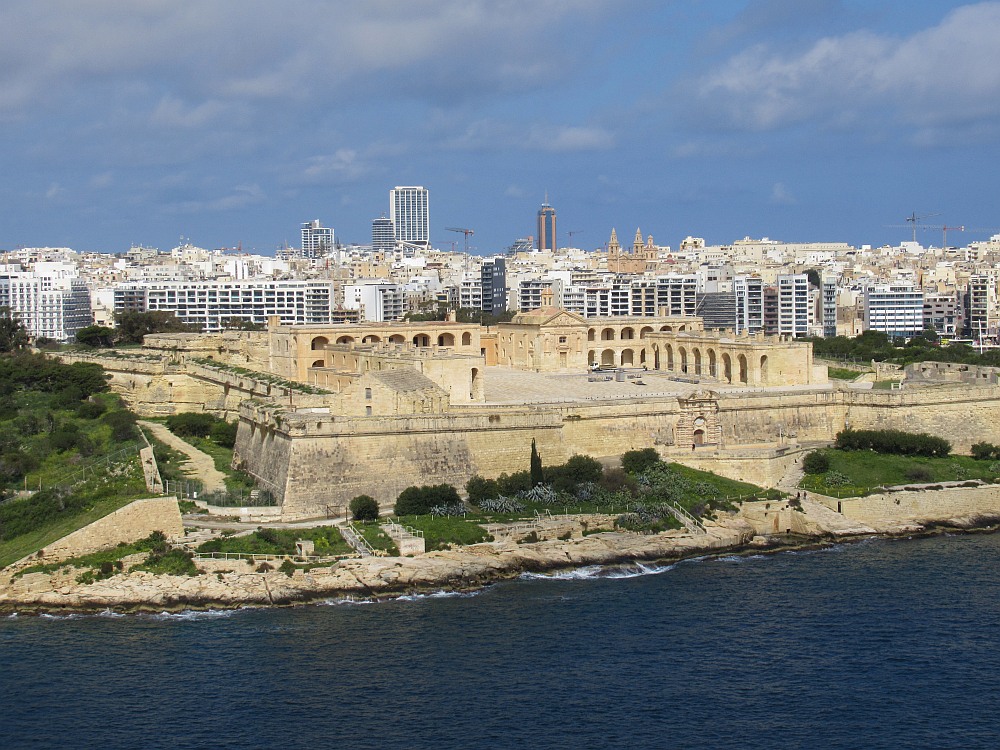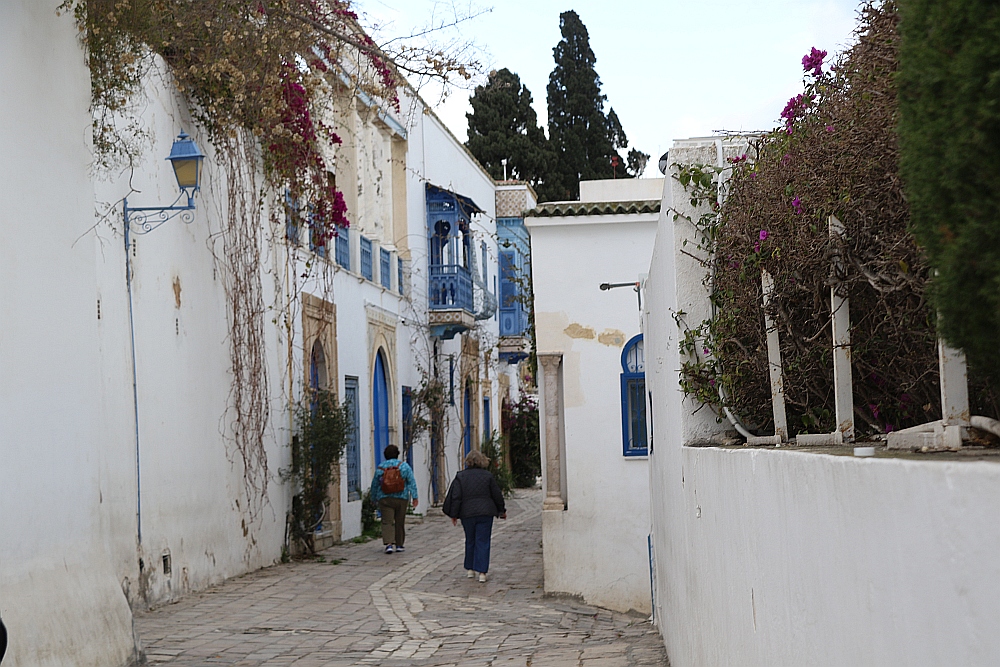Colombia-Joyas y Cafe Day 7
Colombia-Joyas y Cafe
Day 7 - Sunday, March 30, 2014 - Drive to Manizales and Visit the Hacienda Venecia; Lunch at the Main House
The room cooled off a bit and we woke up refreshed and ready for another day in the Coffee Triangle. After our breakfast we caught up with emails, got a few pieces of laundry ready, and Vic went out to take photos.
At 8:00 we left for the second corner of the triangle, Hacienda Venecia, a coffee plantation near the town of Manizales. As Hector drove the only major highway in the area winding around the hills, Alejandro told us more about coffee production.
Brazil is the number one producer of coffee with Vietnam as number two. Because of droughts in Brazil this season and a blight in Costa Rica, which is also a producer of excellent coffee, Colombian coffee is gaining in market shares.
Production costs have increased and the farmers have gone on work stoppages and violent strikes to demand subsidies to support prices. Most of the best quality coffee is exported and Colombians were used to drinking second grade coffee.
Now as the young people are learning to be connoisseurs of better coffee, specialty shops such as the Juan Valdez brand are becoming more prevalent. Rumor has it that Starbucks will be coming to Colombia in the next six months.
At 8:45 we passed the small village of Santa Rosa and Alejandro told us the people are known for making excellent sausage. Edgar said that made him hungry so we stopped at a roadside chorizo stand, Santa Rosano Chorizo, and had chorizos, empanadas, and arepas for our media maňana snack.
In 2011, the people from Santa Rosa de Cabal made a 6,000-foot sausage to be in the Guinness Book of World Records. Perhaps we were still eating it today. Very good!!!
Back on the road at 9:15, we made a photo stop to take a picture of the rows and rows of shiny green coffee bushes clinging to the sides of the steep hills. The hacienda, or owner's home was always located on the top of the tallest hill to take advantage of the fresh breezes as well as to oversee the coffee groves.
Along the roads we saw hundreds of cyclists. Alejandro told us that bicycling is becoming very popular, as are many other fitness sports.
Guadua is a native type of bamboo. Much of the construction is done with this strong wood; fast growing, easy to cut, and very durable in this humid climate.
Most of the quality coffee harvesters are the older generation of Colombians. The young people are not interested in working the long hours, standing on the steep hills, or being in the hot sun lifting a 40 pound basket, then carrying the 70 pound bag up to the owner's house. At 4,500 feet above sea level, this is not an easy job!
When we arrived at Hacienda Venecia, we were greeted by Mauro, a representative of the hacienda. We were asked to introduce ourselves and we found out that a couple from Slovenia, two people from Amsterdam, and a gentleman from Turkey had joined us.
Mauro told us about the origins of coffee in Ethiopia and of the 92 different varieties. The most famous and two most known are Arabica and Robusta. All of Colombian coffee is hand picked, a very labor-intensive business.
Picking is done here all year long, but the high season is September through December. We were given a small basket that was tied around our waists and we were sent out into the groves to pick ripe coffee cherries.
Gennie filled her basket, a reminder of having picked raspberries in her youth. Coming out of the tall coffee bushes, we forded a small stream and continued to the wet mill where the red coffee cherries are split open, washed, graded, dried, and then bagged into 70 kilo sacks for sale.
After this learning and discovery, we knew the sneaky plan of the coffer growers. They cannot get young people to pick the coffee so they import Old American Tourists to pay to pick the coffee, serve them lunch, and they triple their profits.
Our well-earned lunch was in the main house of the plantation. We had a fresh fruit cocktail for a starter, and then a vegetable soup called sanchocho, which is served with arepos, chicken and beef, avocado, and sweet corn on the cob. We had ice cream for dessert.
The hacienda had a bird feeder that attracted many tropical birds. We were lucky to see a flock of peacocks, highland mutmut, red rumpled tanager, blue and gray tanager, yellow-breasted thrush, and rufus-tailed hummingbird.
We left the coffee plantation at 2:00 and began our trip back down the mountain to Pereira. On the way, we stopped at a new overlook and coffee shop called Toma Café. We shared a coffee Slurpee with chocolate - Gennie finally discovered a coffee she enjoys.
Back on the road at 3:00, we saw many families out walking and enjoying the Sunday afternoon. It was another 30 minutes until we arrived at our hotel because traffic was very light and Hector managed the steep grades and curvy highway so well.
We had free time to work on photos and the journal until we met Edgar at 6:15 to go to Claudia’s small restaurant, El Aldén for a cooking lesson. Our first step was to go to the grocery store to buy the plantains. We each picked out a green one and a yellow one.
We used the plantains for our appetizer of arepos and the dessert, sweet plantains.
We all had a part in preparing and cooking the meal under Claudia’s supervision. The main entry was a tamale made with rice, chicken, carrots, peas and potatoes, baked in plantain leaves.
A great time was had by all, enhanced by a few bottles of wine and camaraderie among new friends. We came back to the hotel after 8:00, so thankful for this opportunity to interact with Claudia and Edgar and to enjoy local cooking customs of Colombia.
Accommodations: Hacienda Castilla - - - Meals included: B, L, & D
To receive $100 per person off your first reservation with OAT, mention the following information when reserving your Overseas Adventure Travel Trip: Mr. Victor Garcia Customer #673062
OAT's - Colombia's Colonial Jewels & the Coffee Triangle
Comments
Post a Comment!I've heard of child labor but never senior labor. I hope you had a chance to taste the coffee.
Featured Journal
Day 18: Mediterranean Navigation
Day 18 - Wednesday, March 19, 2025 – Disembark Ship & Return to USA
It was a dark and rainy morning when we put our luggage outside of our cabin door at 4:15. We met three of our fellow passengers also on the same flight...










